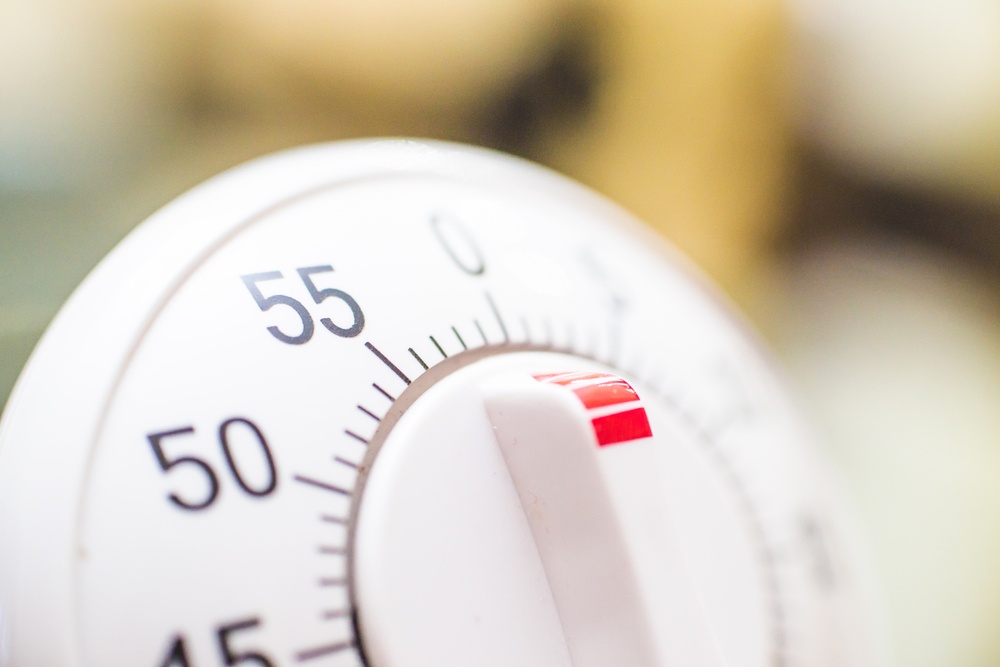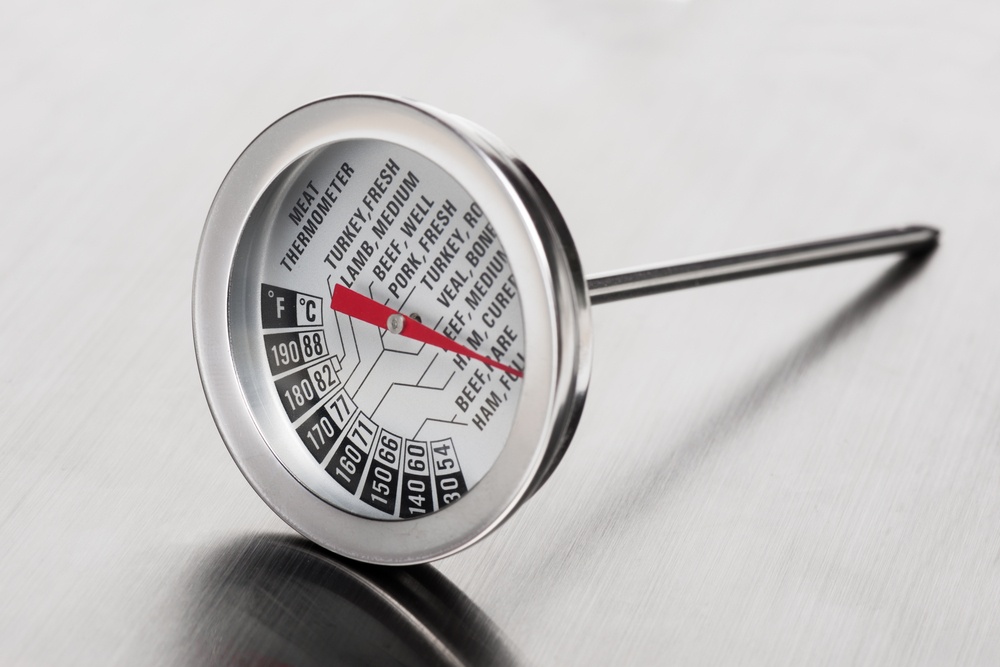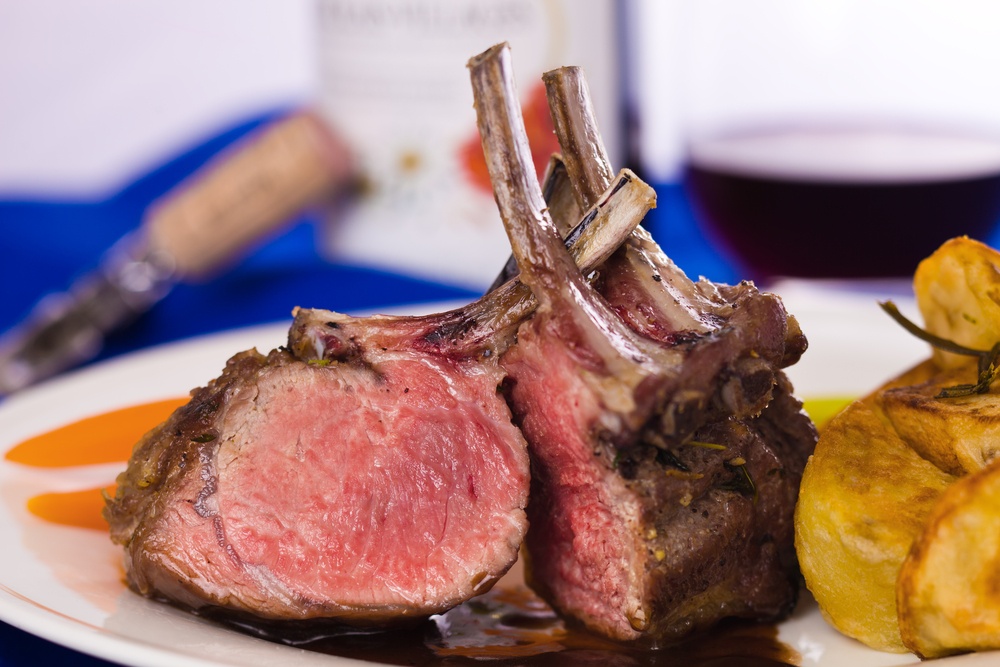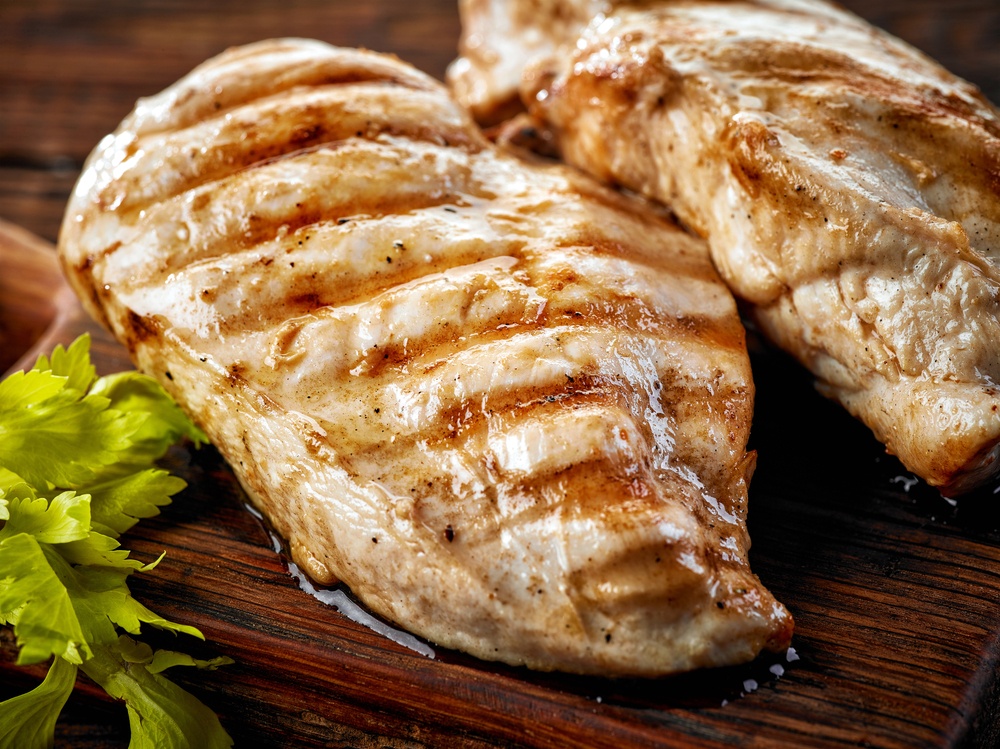I don’t know about you, but I find the process of cooking meat—particularly steak—intimidating. It’s so easy to get it wrong. One mistake can mean an overdone chewy steak or a raw quivering mess. And let’s not even talk about how annoyingly messy and greasy it is, with oil and fat flying all over the place. It’s been my experience that cooking any kind of meat always ends with a massive clean-up job afterward.
My lack of confidence when it comes to cooking proteins — along with my general aversion to housework, means that I’m always on the lookout for cooking techniques that remove uncertainty and keep things clean. That’s why I’m a huge fan of sous vide. And here’s why it’s my favorite way to enjoy my favorite proteins.
The benefits of sous vide
There are lots of reasons why sous vide is the protein king. Here are just a few!

No resting: Normally when you cook meat with direct heat, you have to let it set for a few minutes before serving. You’re waiting for the middle of the meat to reach the right internal temperature. With sous vide, though, the meat is already ready when you remove it from the heat.

Set it and forget it: One of the great things about the sous vide technique is that it’s so hands-off. Once the food is cooking, all you have to do is let it work its magic.

Perfect temperatures: Cooking meat in a pan or in the oven is a bit of a guessing game. Even with a meat thermometer, it can be tricky to get that protein to the perfect temperature. Say goodbye to overdone or underdone meat. Sous vide is a nearly foolproof way to achieve the exact amount of doneness you prefer. As long as the meat is cooked for long enough, it’ll never exceed the target internal temperature.

Perfect temperatures throughout: IT’s not just about hitting the right temperature. Normally when you cook with direct heat, the outside of the meat will be cooked more than the middle. With sous vide, the doneness is uniform.

Juiciness: Cooking meat under direct high heat causes the muscle fibers to contract and squeeze out all the juices. The low and slow process of sous vide prevents this from happening and results in beautifully moist meat.

No mess: Well, maybe there is a little bit of mess, but compared with the clean-up needed after pan frying a steak or a lamb chop — or those long smelly oven cleaning sessions— cleaning up after using sous vide is pretty easy.
The downsides of sous vide
As with all things, there are a few downsides to sous vide. Fortunately, these downsides are pretty minor.

Sear: The sear you get on a sous vide steak won’t be quite the same as what you get with direct heat only. Cooking meat in a pan or in the oven results in a fairly deep sear. Food thrown in a pan or under the grill for a few seconds after sous vide will have a much shallower sear.

Time: Finally, there’s no getting around the fact that sous vide is a longer process than regular cooking methods. Depending on the thickness, you’ll need at least an hour of sous vide heat for a rare steak. Set-it-and-forget-it is great, but make sure you plan accordingly!



